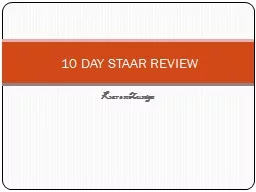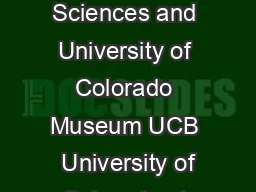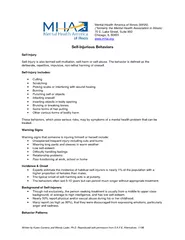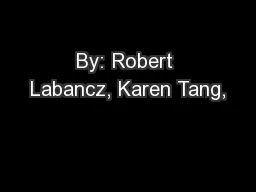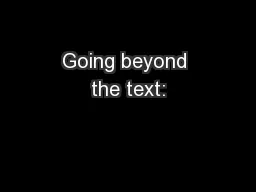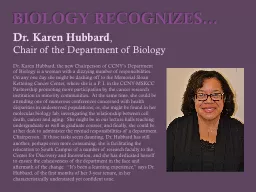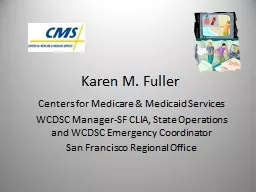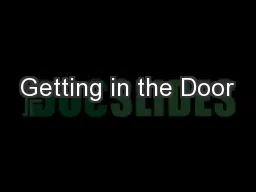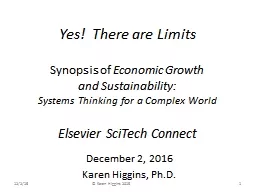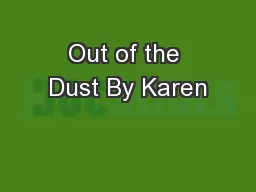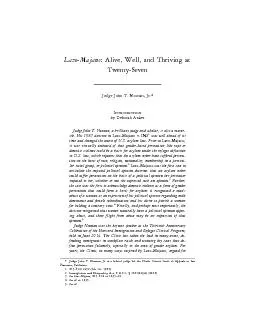PPT-Karen Zuniga
Author : danika-pritchard | Published Date : 2016-02-24
10 DAY STAAR REVIEW Plot Point of View Character and Setting Theme Sensory Language and Poetry Literary Elements Point of View and Perspective Videos for POV http
Presentation Embed Code
Download Presentation
Download Presentation The PPT/PDF document "Karen Zuniga" is the property of its rightful owner. Permission is granted to download and print the materials on this website for personal, non-commercial use only, and to display it on your personal computer provided you do not modify the materials and that you retain all copyright notices contained in the materials. By downloading content from our website, you accept the terms of this agreement.
Karen Zuniga: Transcript
Download Rules Of Document
"Karen Zuniga"The content belongs to its owner. You may download and print it for personal use, without modification, and keep all copyright notices. By downloading, you agree to these terms.
Related Documents

